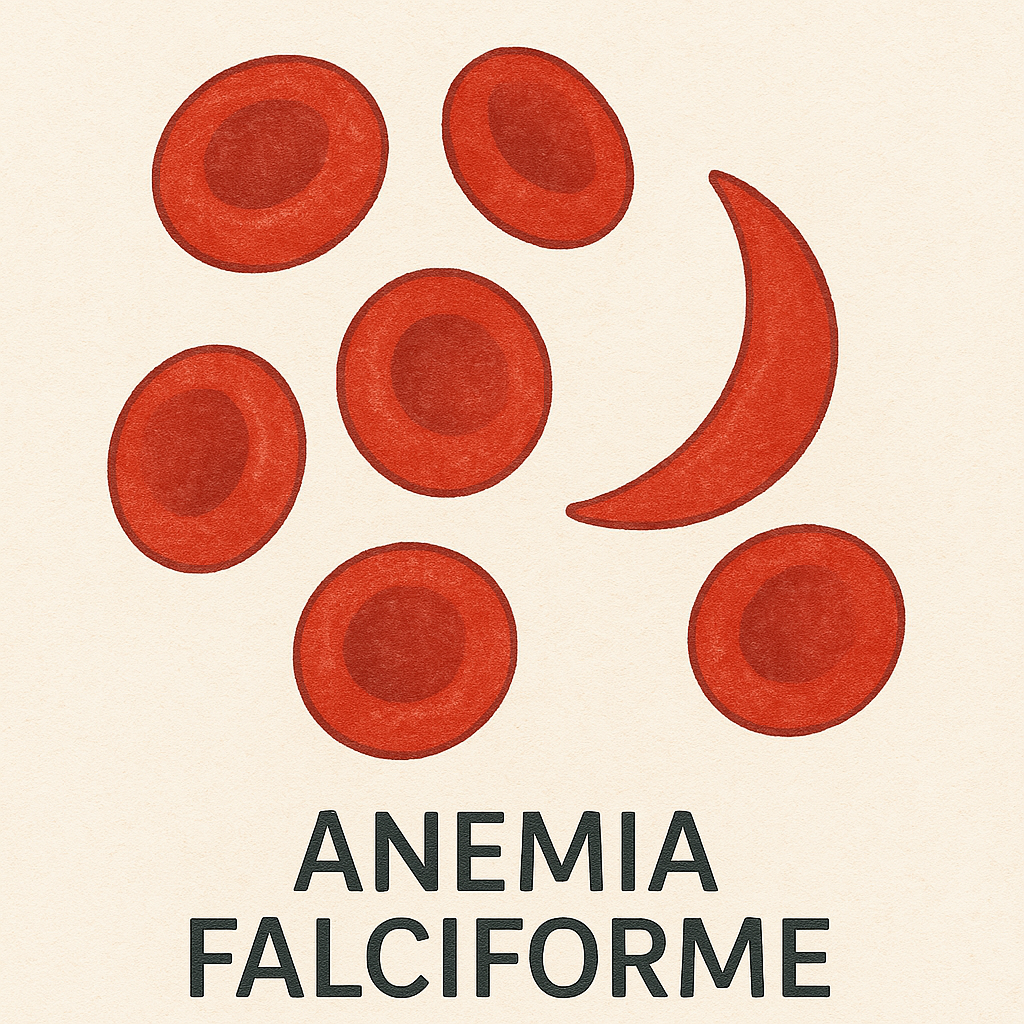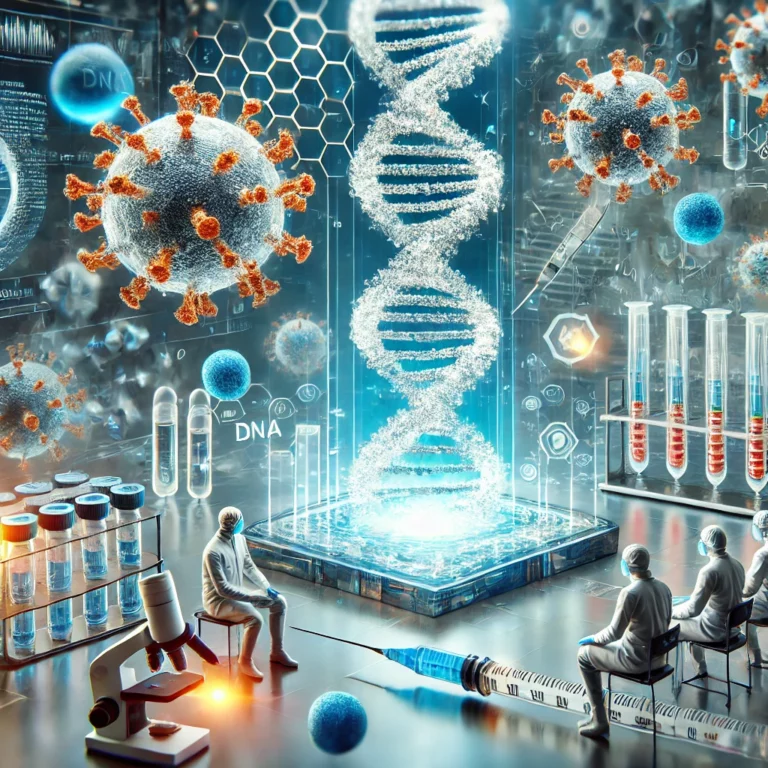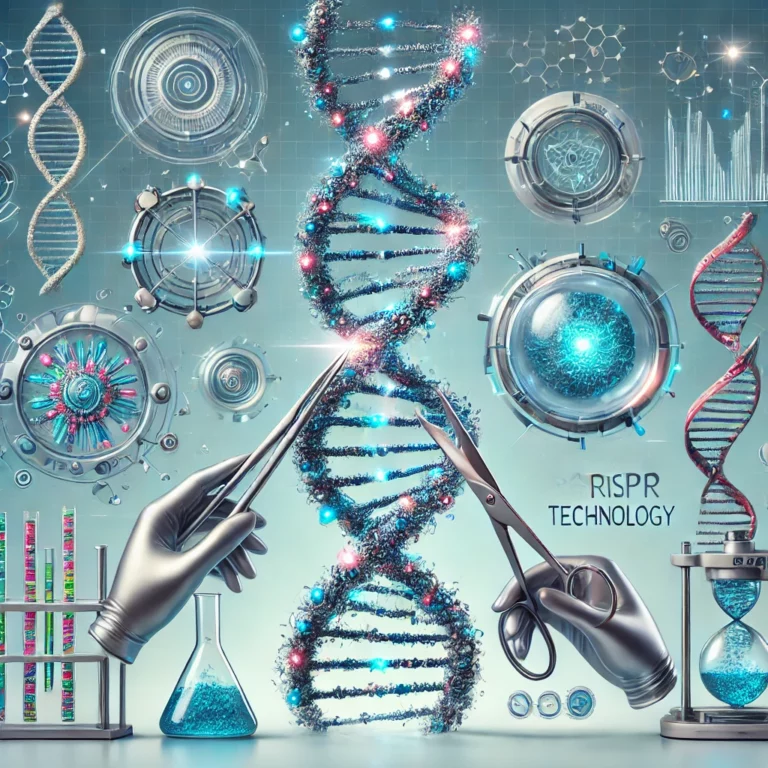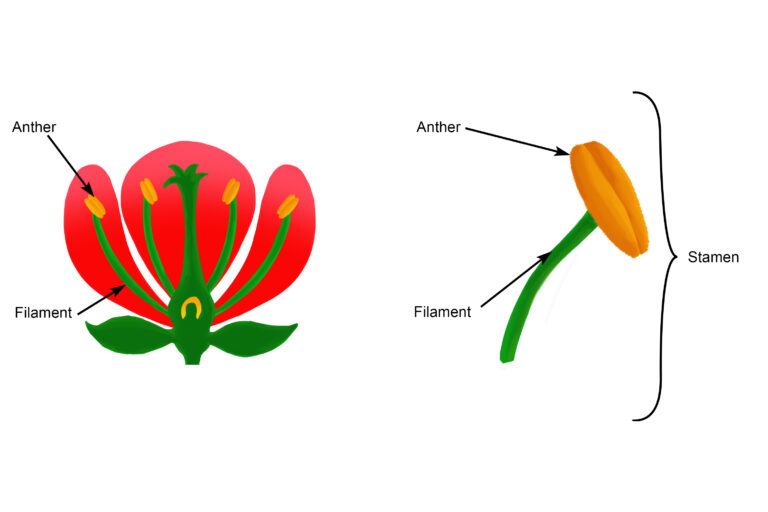Sickle cell anemia, also known as Anemia Falciforme in certain languages, is a genetic disorder that affects red blood cells.
1. What is Sickle Cell Anemia?
Sickle cell anemia is an inherited disease characterized by the production of abnormally shaped red blood cells. Normally, red blood cells are round and flexible, allowing them to travel through blood vessels easily. However, in sickle cell anemia, red blood cells take on a sickle or crescent shape and become rigid, which can block blood flow (Khan Academy).
This condition is caused by a mutation in the gene that provides instructions for making the protein hemoglobin, which is needed to carry oxygen in the blood. The mutation results in the production of an abnormal version of hemoglobin, known as hemoglobin S (HbS) (NCBI).
2. Effects of Sickle Cell Anemia
Due to their abnormal shape and rigidity, sickle cells can obstruct blood flow, causing a myriad of complications. They can cause severe pain, known as sickle cell crisis, organ damage, and an increased risk of infection. Sickle cells also have a shorter lifespan than normal red blood cells, leading to a constant shortage of red blood cells, hence anemia (NCBI).
On a molecular level, the presence of HbS causes the red blood cells to aggregate and form long, rigid chains. These chains deform the red blood cells and reduce their ability to carry and deliver oxygen, leading to hypoxia in tissues (EBI).
3. Diagnosis of Sickle Cell Anemia
Sickle cell anemia is typically diagnosed through a blood test that checks for the presence of hemoglobin S. In the United States, it is part of the routine newborn screening program. Further genetic tests can confirm the diagnosis and identify whether a person is a carrier of the sickle cell trait (NCBI).
4. Treatment of Sickle Cell Anemia
While there is no universal cure for sickle cell anemia, treatments are available that can prevent complications and alleviate symptoms. These include medication for pain relief, blood transfusions, and hydroxyurea, a drug that can reduce the number of pain crises. A small number of patients with severe cases of the disease may benefit from a hematopoietic stem cell transplant, which can potentially cure the disease (NCBI).
Gene therapy, a promising new treatment, is currently being studied. It involves replacing the faulty gene responsible for the disease with a normal one. However, this treatment is still in its experimental stages (NCBI).
5. Conclusion
Sickle cell anemia is a complex disease with wide-ranging effects on the body. Understanding its causes and effects on a molecular level allows for more targeted and effective treatments. While current treatments can manage the disease, ongoing research into gene therapy could potentially offer a cure in the future.
References
- Khan Academy. (n.d.). Sickle cell anemia. Retrieved from https://www.khanacademy.org/science/biology
- National Center for Biotechnology Information. (n.d.). Sickle cell disease. Retrieved from https://www.ncbi.nlm.nih.gov/
- European Bioinformatics Institute. (n.d.). Hemoglobin subunit beta. Retrieved from https://www.ebi.ac.uk/







